Different writing stereo/mono prints on Parlophone LP sleeves:
1. Large size print, used from 1963 until spring 1964 (“Please Please Me”, “With The Beatles”). This design was restored in 1976.

2. Mide-size print, used from spring 1964 until autumn 1965.
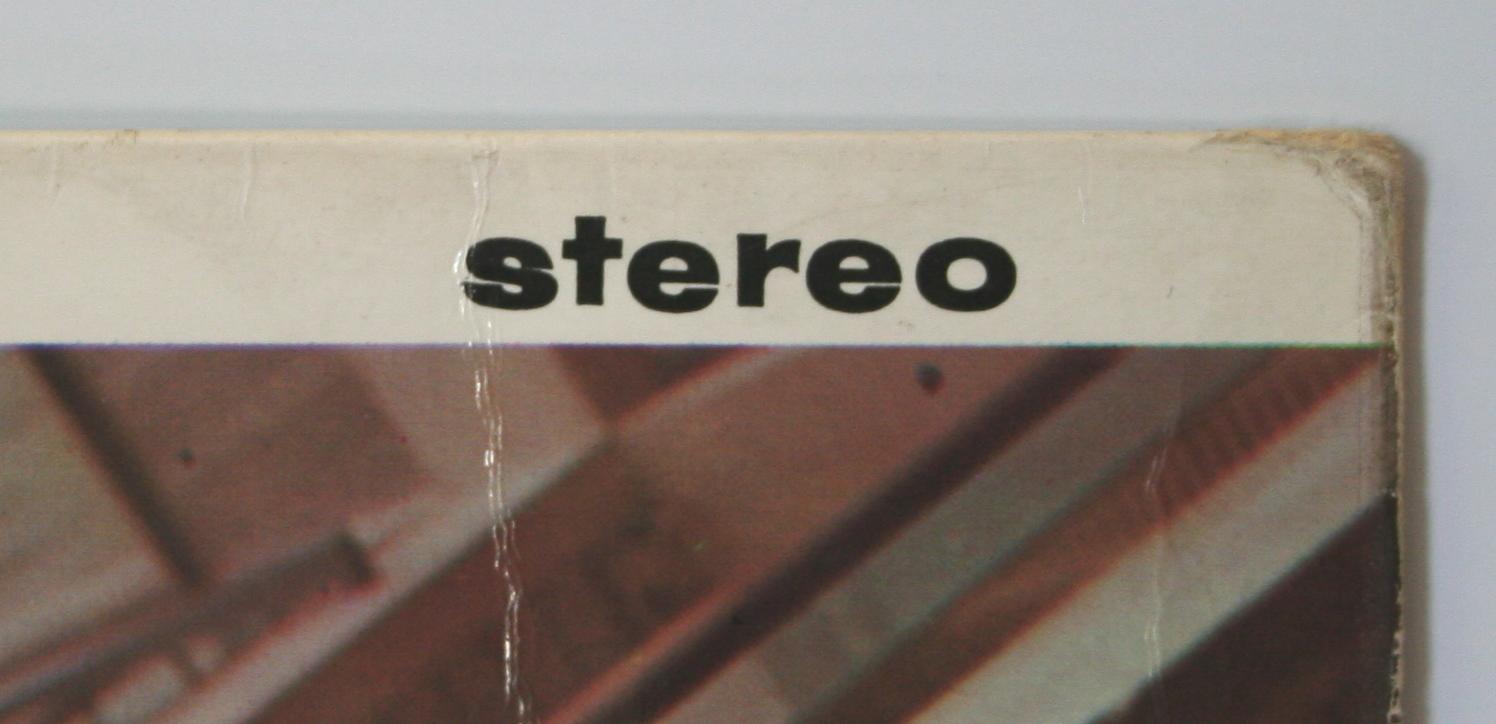
3. Outline print, used from December 1964 until 1966 (“Help!” and “Beatles For Sale”). This design was restored in 1976. A very limited number of covers were printed with the medium “stereo” designation in outlined letters, 1965 (“A Hard Day’s Nigth”).
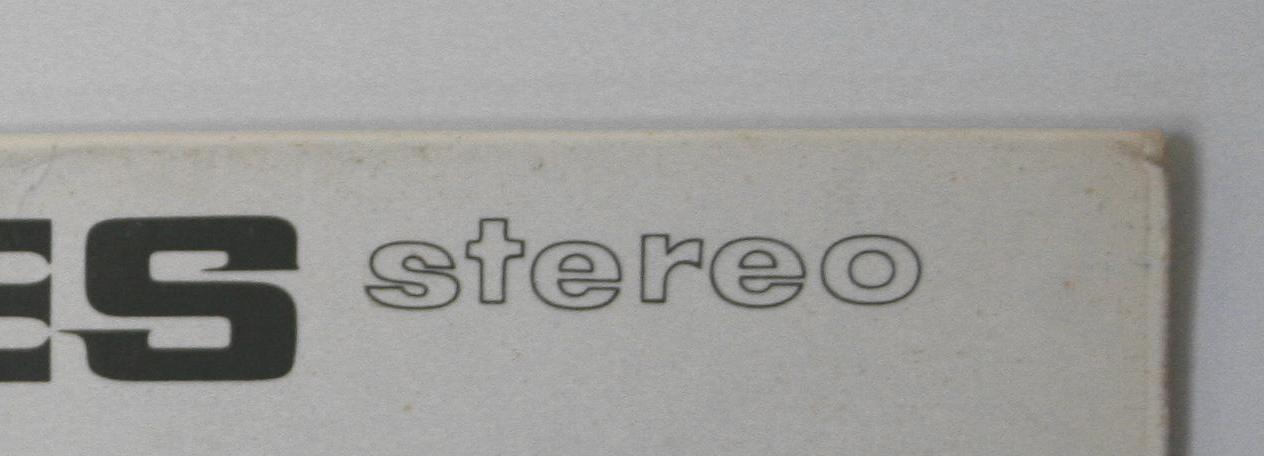

4. Solid black small size, used from autumn1965 until 1973 (All albums except “Beatles For Sale”). Some copies of the third pressing “Help!” (stereo only), 1966. The albums with these covers were exported to U.S. military bases for sale.
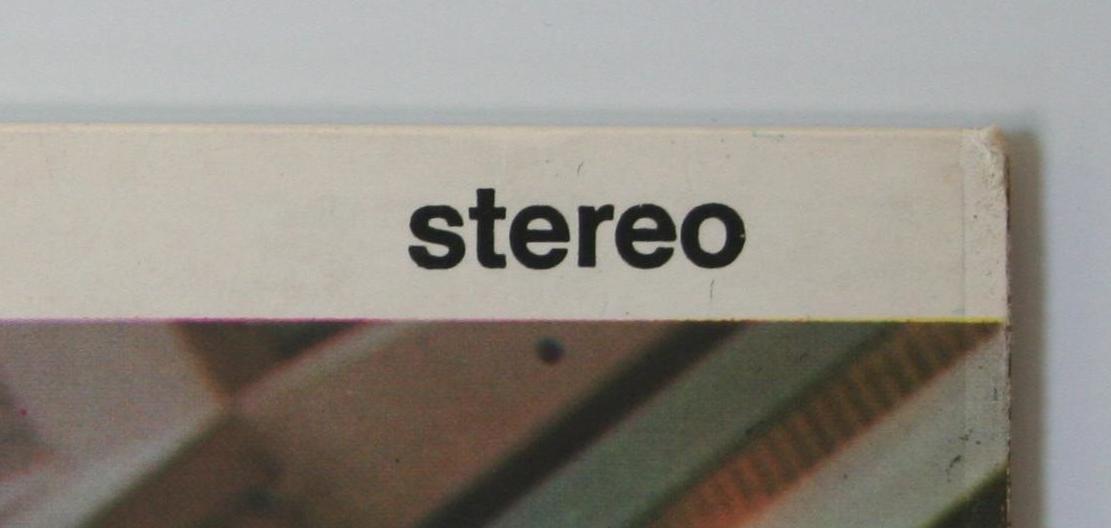
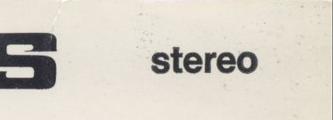
5. Without print, used from 1970 until 1973.
Print date on the covers.
The small print “6509” represents the print year and month of the cover. EMI printed this information on the covers from July/August 1964 and onwards. Unfortunately, EMI did not change the date when the covers were printed again and the date is only usefull in order to see when a record was first released.

Parlophone used two types of flipback sleeves between 1971 and 1973. With the traditional three sleeves with three flaps Garrod & Lofthouse Ltd. manufactured outer sleeves with two flaps.

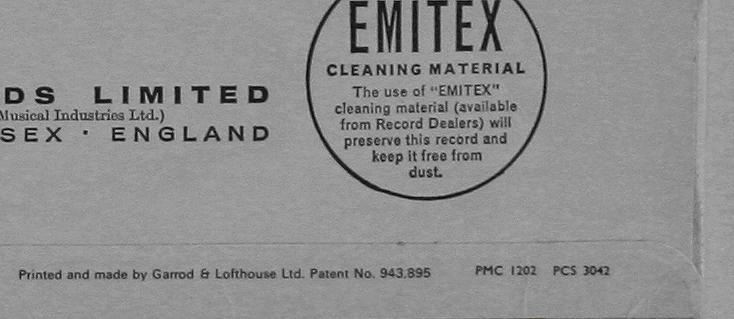






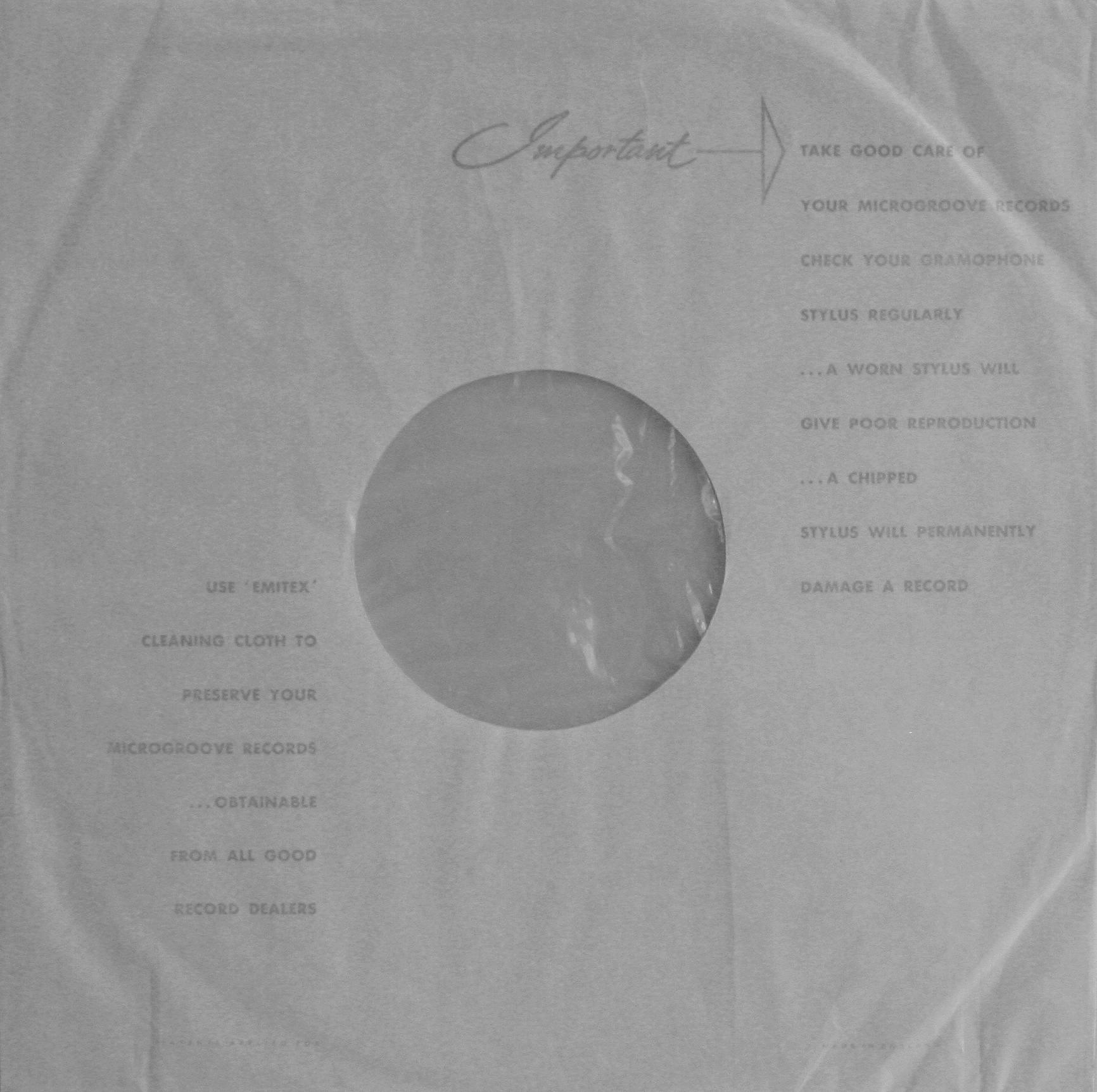


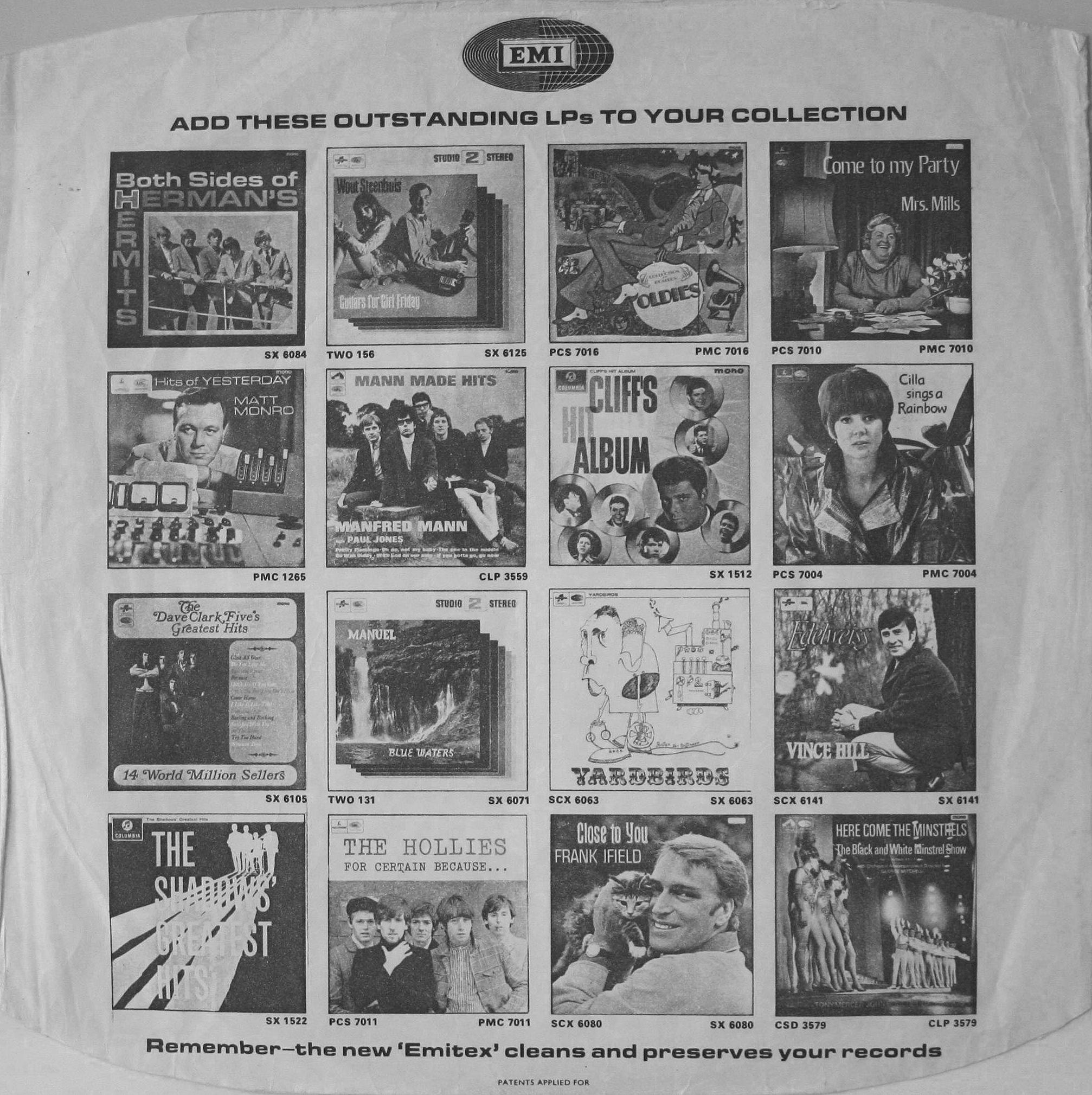
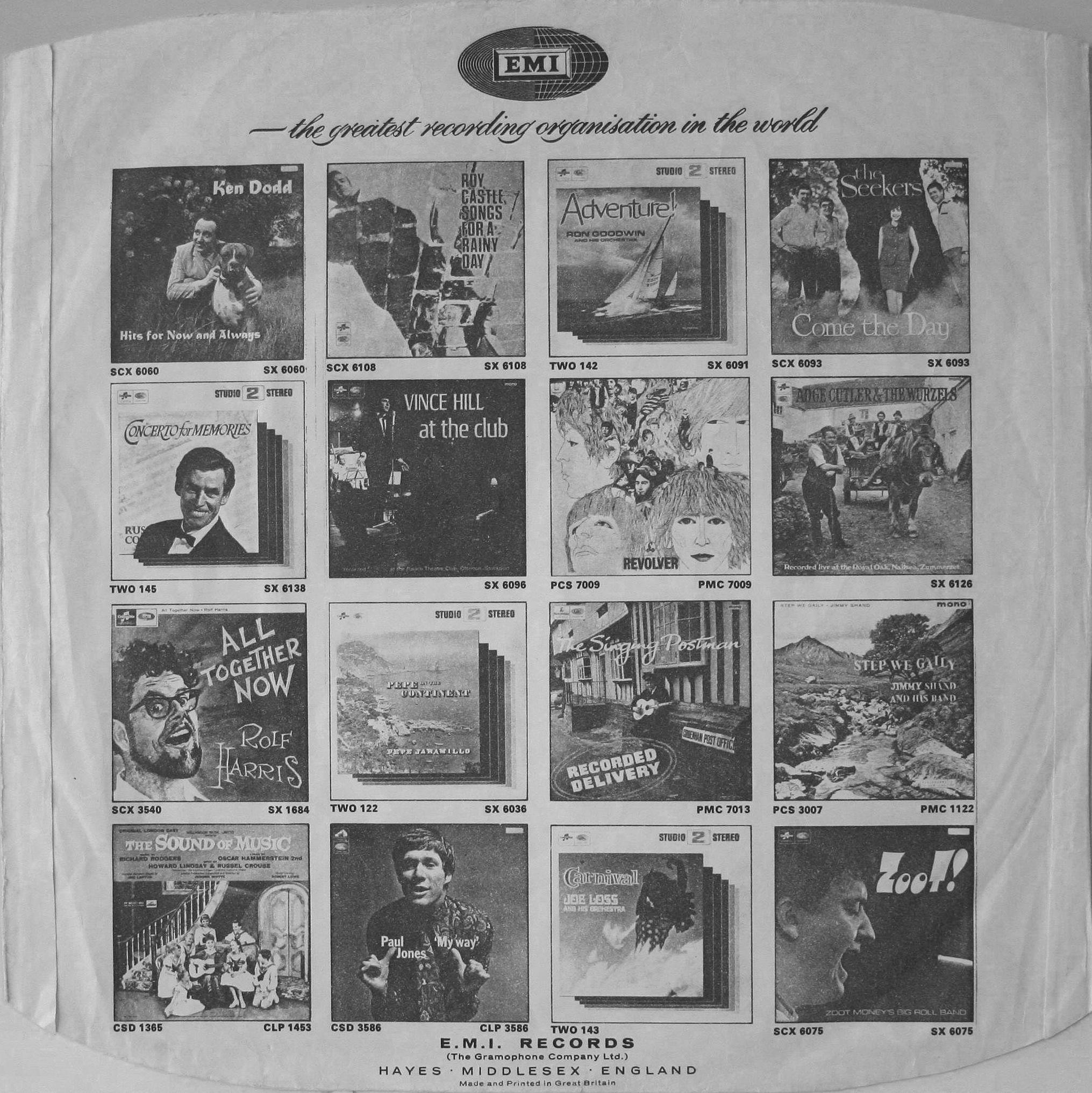






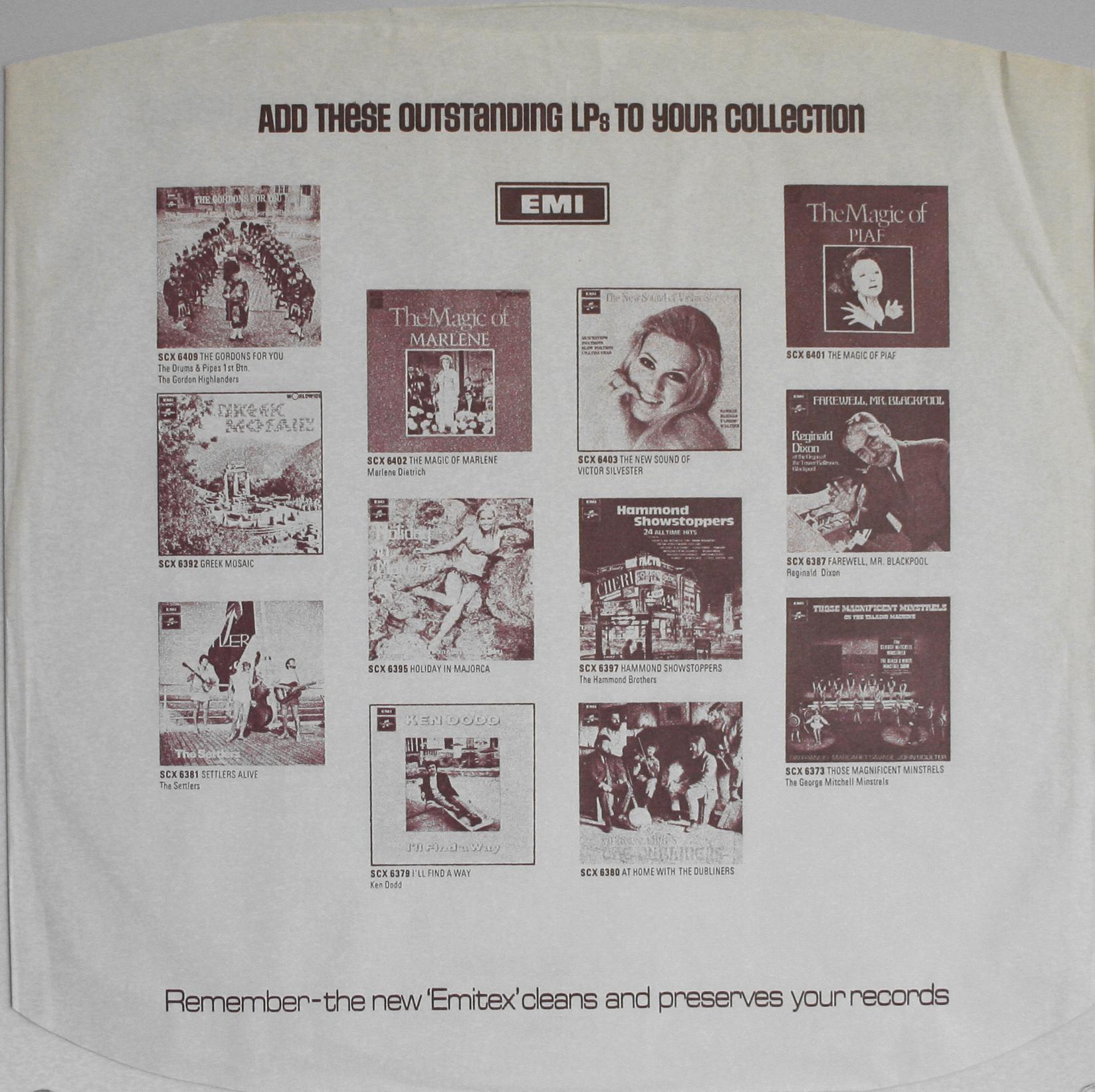
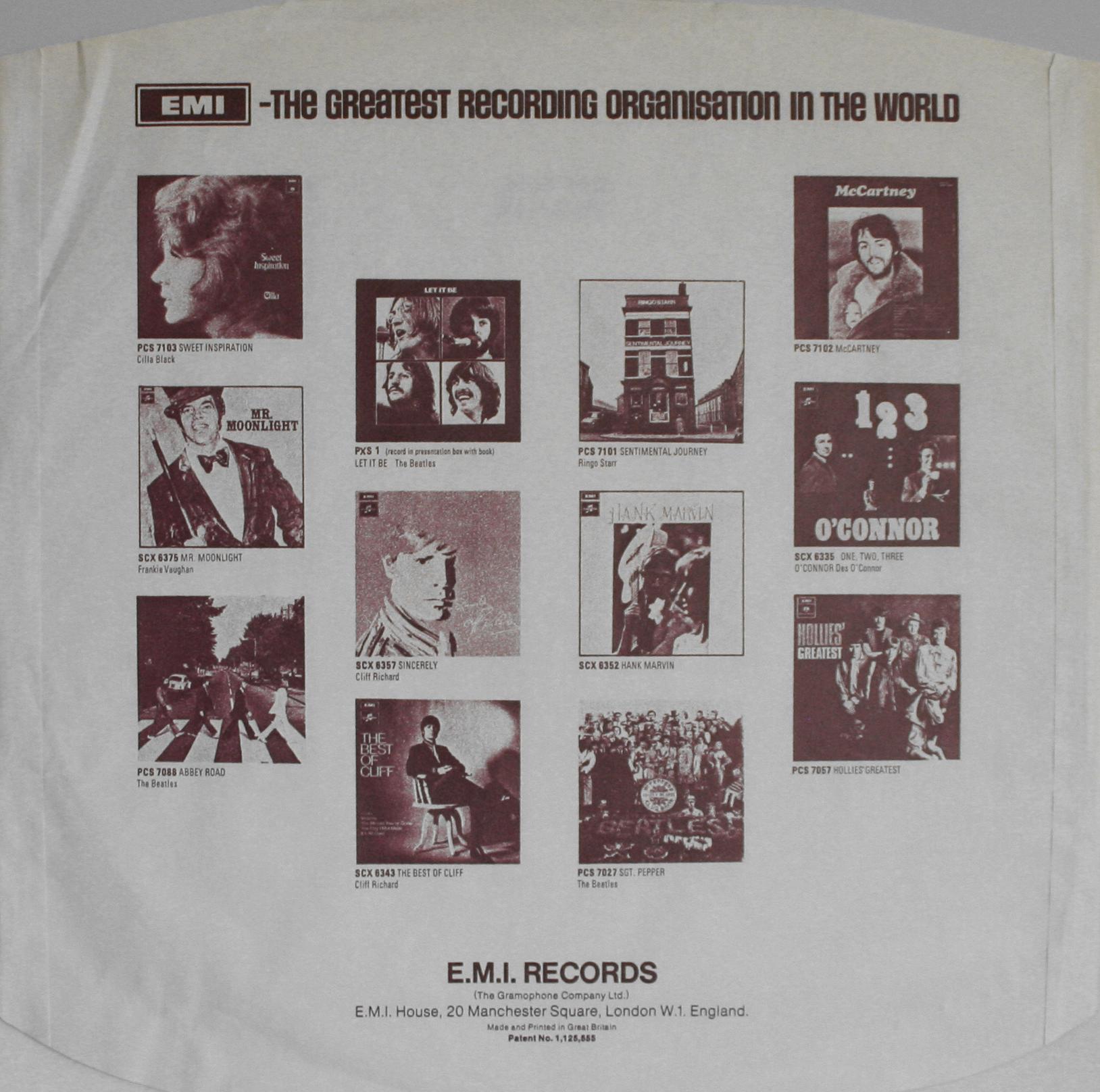
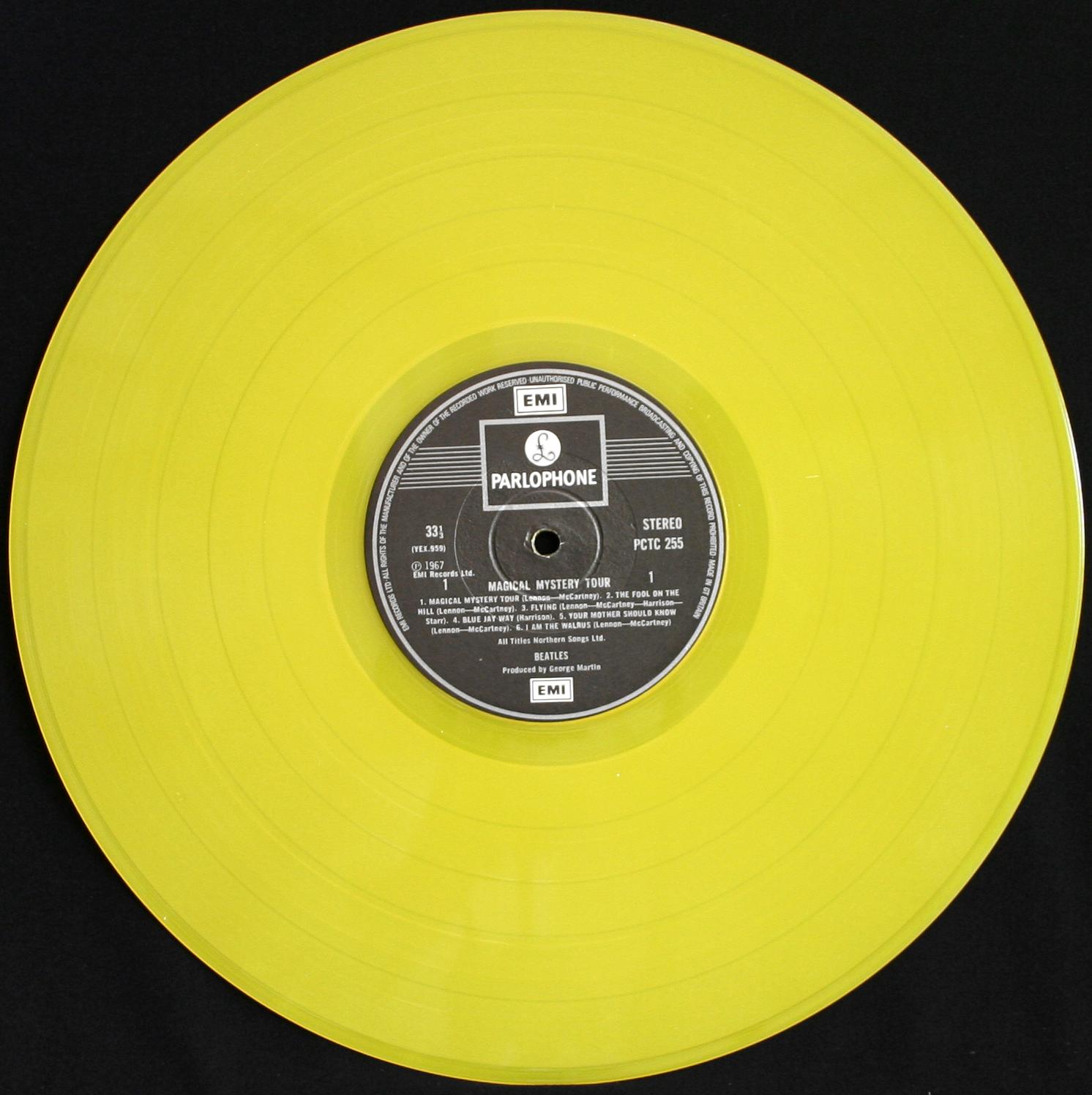
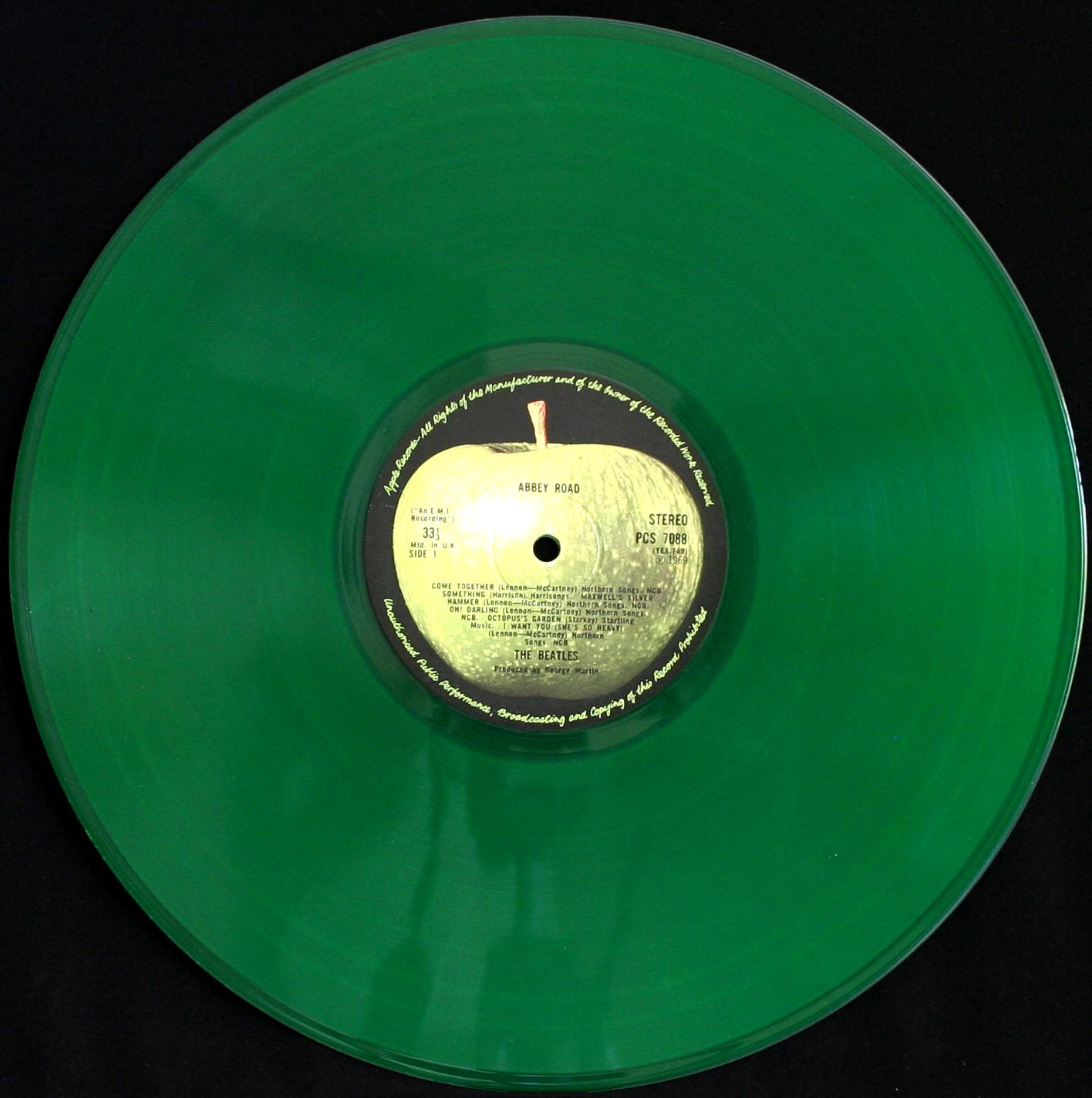
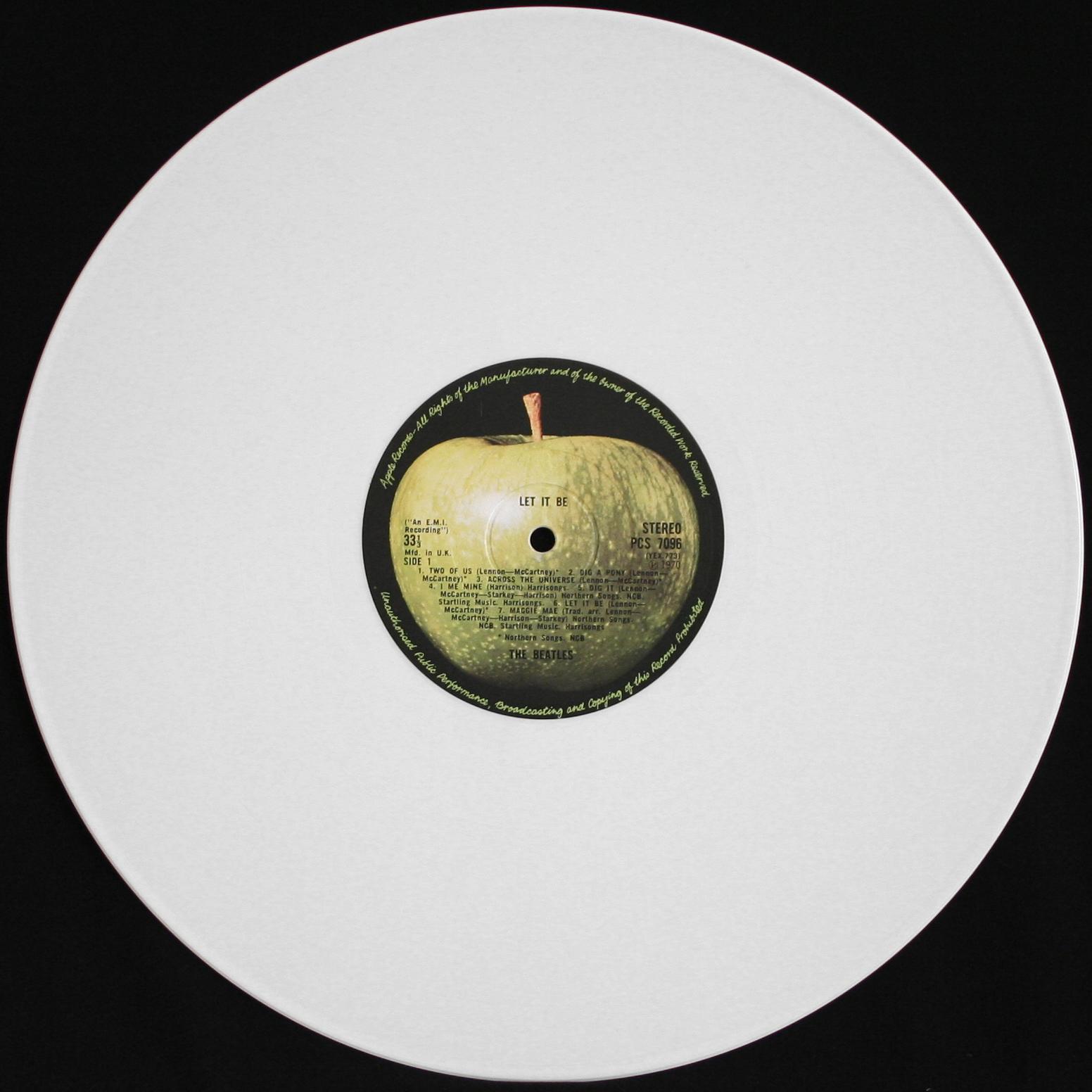
 RDF URL
RDF URL